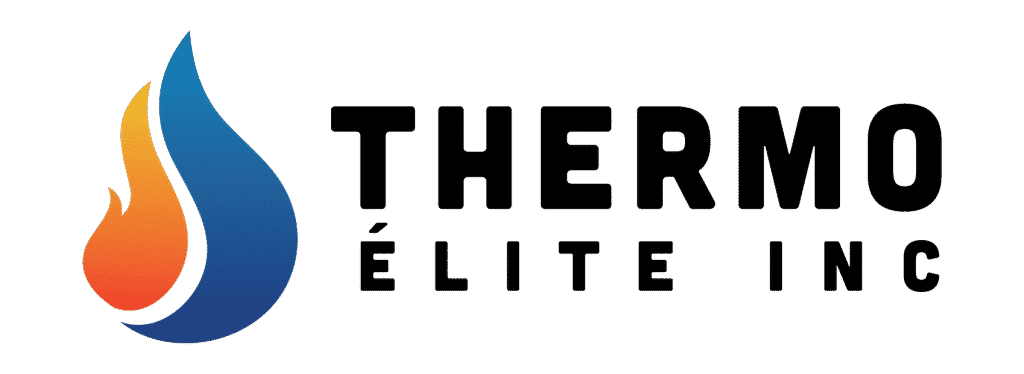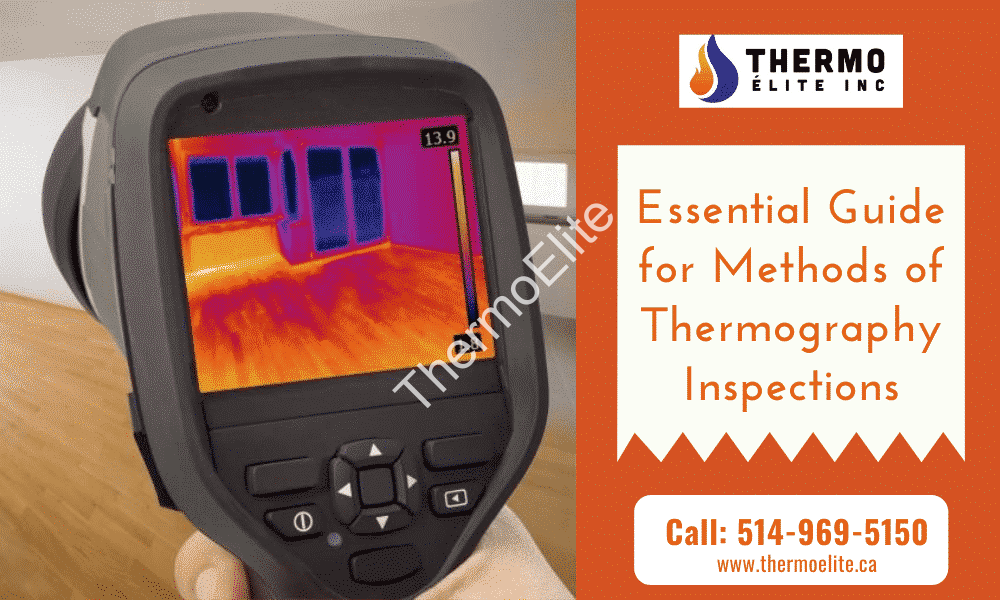Thermography inspection is a popular, non-invasive, and non-destructive technology used for detection and pre-emptive maintenance of buildings, homes, electrical equipment, and even machinery. It is being used across several industries to minimize production losses by detecting machinery or equipment faults before they turn too risky. It’s also being used by the real estate companies to detect moisture on rooftops, rodent and insect infestation, mold and fungus buildup, and even leakages in concealed water supply systems.
Thermography inspections are the first choice for companies that want to continue their production by taking pre-emptive maintenance tasks or electrical connections. From detecting poor connections to identifying unbalanced loads, thermography is the way to go. It can also prove essential in detecting deteriorated insulation or potential problems across the different electrical components.
Late or failure in detecting potential problems with electrical equipment or machinery can lead to an enhanced maintenance cost or even complete failure of the equipment. Buildings with molds and fungus or severe pest infestation can be damaged entirely if the issues go undetected; however, one can easily detect all such problems by getting a thermography inspection done by an expert.
Thermography – Behind the scenes
Thermography is often referred to as infrared inspection, which is based on heat sensing, i.e., whenever a surface or an object emits heat, it does so in infrared radiation. Several test instruments can easily convert all infrared radiation into a thermal image or temperature value. These images or values can be assessed to comprehend an object’s thermal condition during the measurement. One of the most popular and common forms of an infrared thermal imaging device is an infrared camera.
Inspection of thermal equipment using thermography
The electrical resistance inside operational electrical systems generates heat. It’s directly dependent on the amount of current that flows through the system at a particular time and the resistance inside every individual connection and component. With wear and tear of each component, the resistance to increases resulting in increased localized heat. Often a poorly manufactured or configured system will offer higher resistance compared to their adequately manufactured counterparts. Thus, poorly manufactured equipment or electrical systems’ temperature profile is much higher than their adequately manufactured counterparts. Now, thermography can be easily used to detect these issues.
Thermographic inspection and its benefits
Electrical system failures are the reason behind 10% of all the fire incidents in the US’s manufacturing facilities. Some of the common electrical system failures include fault in electrical insulation, smaller components, and terminals. These electrical system failures’ most significant risk is that they expose the employees to live electrical wiring and circuits while turning them into sitting ducks for electrocution, leading to severe injuries or death. Now, if these high resistance connections and components are detected at an early stage, then they can be repaired, and the damages can be prevented before things turn worse. Once the detection is done, repair work can be taken up quickly, which would minimize the chances of a breakdown of the electrical components.
Among other benefits of identifying and repairing faults is the cost savings that a company can realize because of the higher energy conservation, low repair, and outage costs. The high resistance inside electrical connections and systems leads to a higher current flow, which increases power consumption. This often leads to premature failure of transformers, circuit breakers, and fuses, critical in maintaining an electrical system’s smooth operation. Failures of electrical components can lead to higher repair and maintenance costs, not to mention the unnecessary business interruptions.
Thermography Inspection Experts
If you’re losing sleep over choosing someone who can help you with thermographic inspection, then stop doing so because you can get easily higher an in-house expert or opt for a consultant. Since operating a thermographic inspection device is complicated, people who work in this field are highly trained professionals. Their unique training sessions have prepared them to handle all types of thermographic inspection jobs, including the electrical systems.
However, before you hire an inspection expert, it’s imperative to check the qualification, training hours, and even the companies for which he/she has worked. You must never forget that the thermographic inspection will expose the expert to electric components that work on high voltage. Thus, unless you’re convinced about the qualification and training of the expert, avoid hiring.
When is the Right Time for a Thermography Scan?
A thermographic scan is always welcome. Almost all properties will benefit from it; however, the ones with high volume power consumption, heavy equipment, distribution subsystems, and multiple branch circuits will particularly need it the most.
Businesses with a high electricity demand need to get a thermographic scan done every year on all the critical systems like switchgear, circuit panels, and even transformers. Depending on the scan results, the businesses must go ahead with the rescan, and it should be based on the power consumption, equipment, age of the electrical system. It’s best to seek a trained and experienced electrician’s advice to help the business owner understand how frequently one needs to carry out the scans.
Businesses can take a look at the NFPA 70B, Recommended Practice for Electrical Equipment Maintenance, to find the list of the maintenance as well as equipment testing frequency in Annex L. Apart from the intervals recommended, there’re other circumstances and conditions that might call for a thermographic scan, which are:



Add Comment